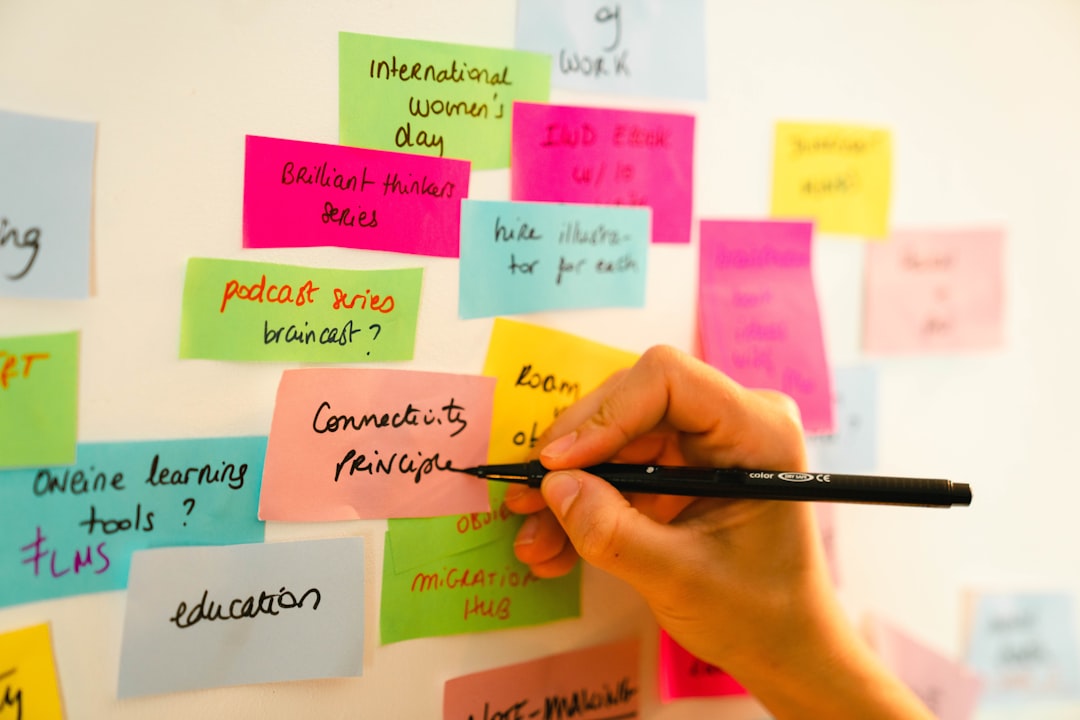In today’s rapidly evolving business landscape, organizations that embrace continuous improvement are the ones that thrive. A culture of continuous improvement, often referred to as Kaizen, isn’t just a buzzword; it’s a fundamental shift in mindset and operational approach that fosters innovation, efficiency, and sustainable growth. This post delves into the key elements of building and sustaining a thriving continuous improvement culture within your organization.
1. Defining and Communicating the “Why” of Continuous Improvement
Before embarking on any continuous improvement initiative, it’s crucial to clearly define the “why.” Why is continuous improvement important for your organization? What are the specific goals you aim to achieve? This “why” needs to be more than just increased efficiency or cost savings; it needs to resonate with employees on a personal level. Connect the improvement efforts to the overall organizational mission and vision. Clearly communicate this vision to every team member, highlighting how their contributions directly impact the bigger picture. This clarity fosters buy-in and encourages active participation. Use compelling storytelling and real-life examples to demonstrate the positive impact of previous improvement initiatives. Regularly reinforce the “why” through company-wide communications, team meetings, and leadership messaging.
2. Empowering Employees: Fostering a Growth Mindset
A successful continuous improvement culture hinges on employee empowerment. Create an environment where employees feel comfortable identifying problems, suggesting solutions, and taking ownership of improvement projects. This requires a shift from a blame culture to a learning culture. Encourage open communication, constructive feedback, and risk-taking. Provide employees with the necessary training, resources, and tools to implement their ideas. Establish clear processes for submitting improvement suggestions, ensuring that all suggestions are reviewed and considered. Recognize and reward employees for their contributions, both big and small. Celebrate successes and learn from failures, fostering a culture of continuous learning and development. Implement systems for knowledge sharing, allowing employees to learn from each other’s experiences.
3. Implementing Practical Continuous Improvement Tools and Techniques
While a positive mindset is crucial, a continuous improvement culture also requires practical tools and techniques. Lean methodologies, such as Kaizen events, 5S, and Value Stream Mapping, are valuable tools for identifying and eliminating waste. Six Sigma methodologies offer a structured approach to process improvement, focusing on reducing variation and defects. Data-driven decision-making is paramount; implement systems for collecting, analyzing, and interpreting data to track progress and identify areas for improvement. Regularly review key performance indicators (KPIs) to monitor the effectiveness of improvement initiatives. Utilize project management methodologies to manage improvement projects effectively, ensuring timely completion and measurable results.
4. Overcoming Challenges: Addressing Resistance to Change
Implementing a continuous improvement culture isn’t without its challenges. Resistance to change is a common hurdle. Addressing this requires proactive communication, transparency, and empathy. Involve employees in the change process from the outset, allowing them to voice their concerns and contribute to solutions. Provide adequate training and support to help employees adapt to new processes and technologies. Acknowledge and address any anxieties or fears related to the change. Recognize that change takes time; celebrate small wins along the way to build momentum and maintain motivation. Continuously monitor employee feedback and adjust your approach as needed. Leadership buy-in is crucial; leaders must champion the initiative and model the desired behaviors.
5. Measuring Success and Sustaining the Culture
Measuring the success of your continuous improvement efforts is vital for demonstrating the value of the initiative and sustaining momentum. Establish clear metrics and KPIs to track progress against your goals. Regularly review the data to identify areas where improvements are needed. Celebrate successes and share best practices across the organization. Regularly assess employee engagement and satisfaction levels to ensure that the culture is thriving. Continuously refine your approach based on feedback and data. Invest in ongoing training and development to equip employees with the skills and knowledge they need to continue driving improvement. Make continuous improvement an integral part of your organization’s culture, not just a temporary initiative.
By focusing on these key elements, you can cultivate a thriving continuous improvement culture that fosters innovation, efficiency, and sustainable growth. Remember, continuous improvement is a journey, not a destination. Embrace the process, learn from your experiences, and celebrate your successes along the way.
SEO Tags:
- Continuous Improvement
- Kaizen
- Lean Management
- Process Improvement
- Organizational Culture




